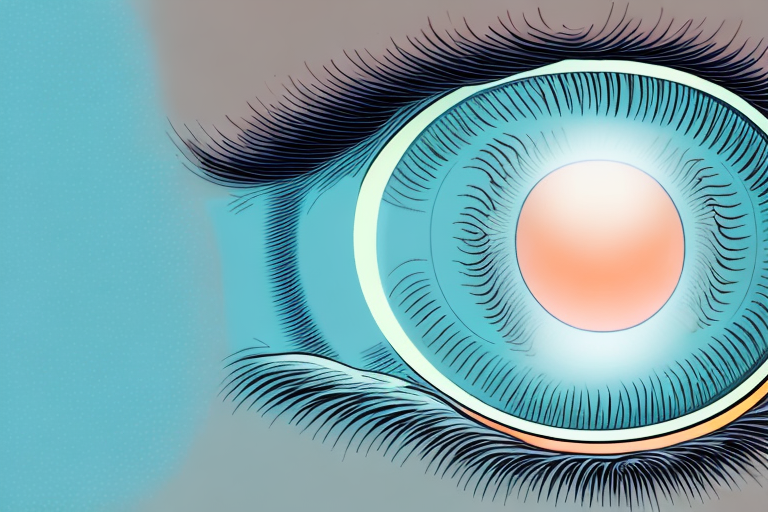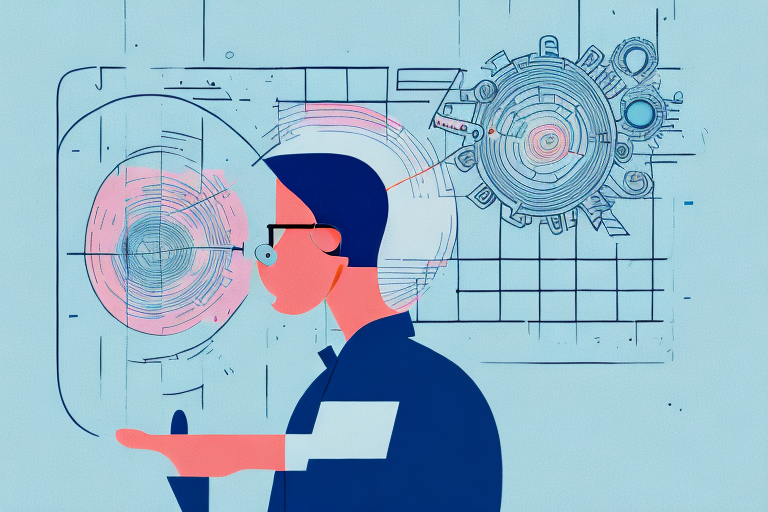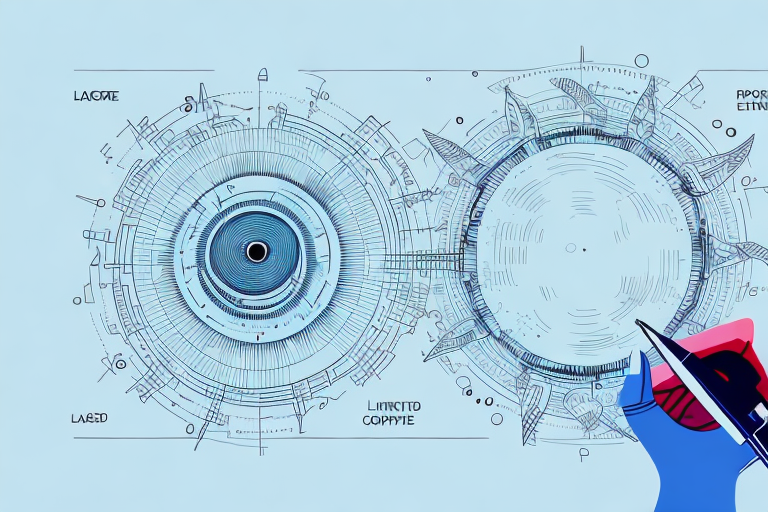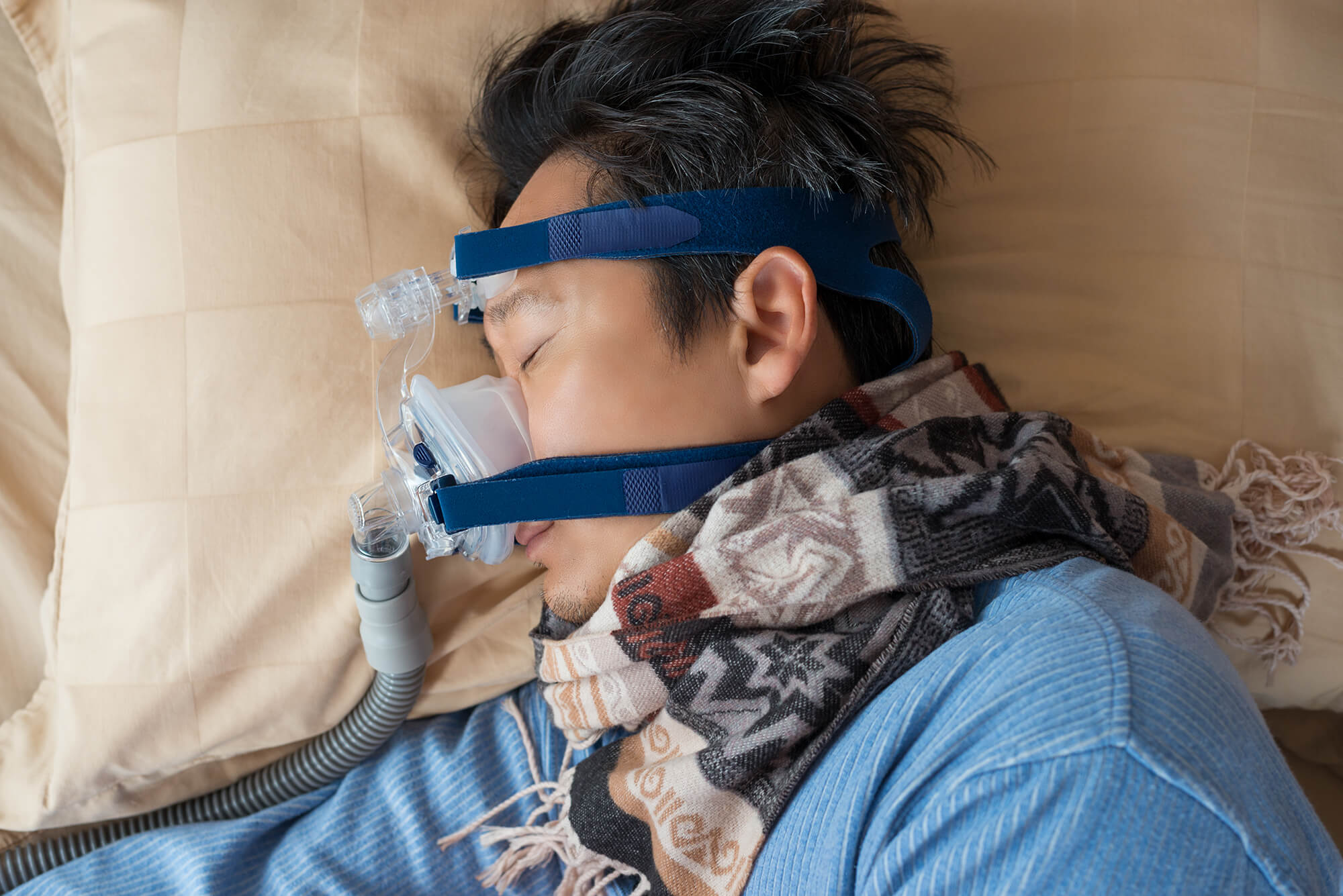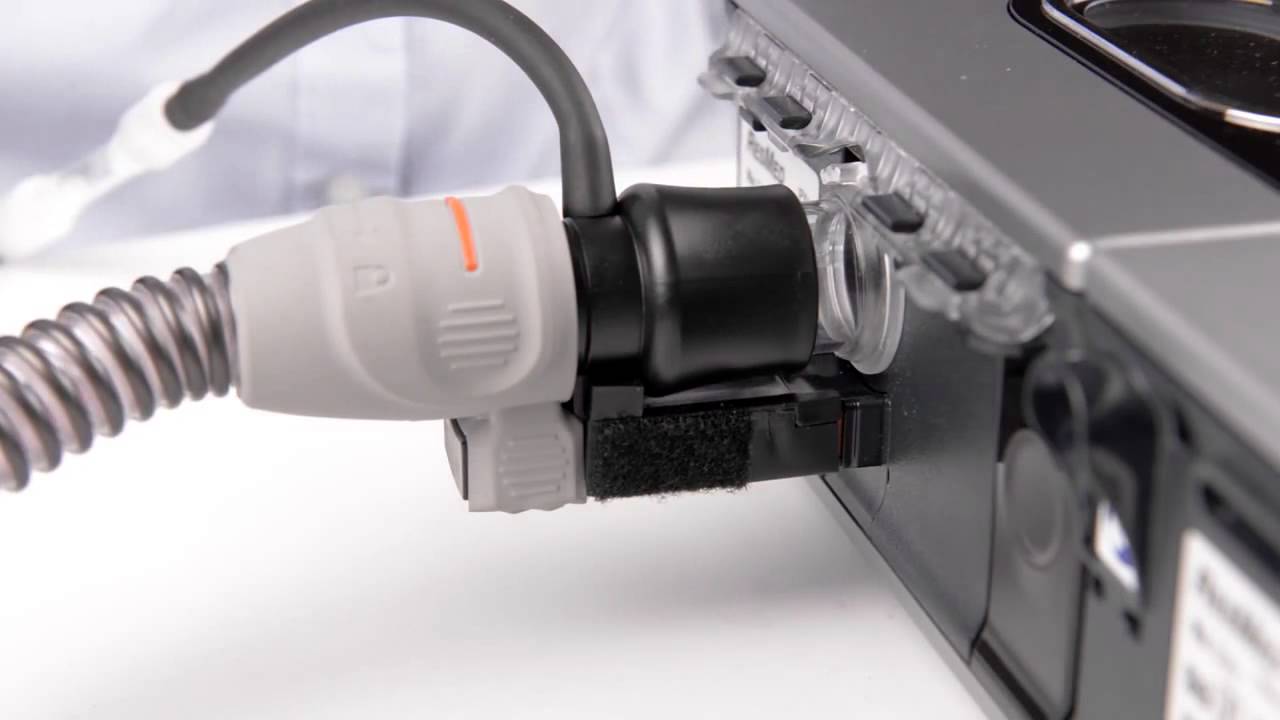Cataracts are a common eye condition that affects many individuals as they age. While cataracts surgery has become increasingly common and successful in recent years, there are still many myths and misconceptions surrounding the procedure. In this article, we will address these misunderstandings and provide accurate information to help educate and inform individuals considering cataracts surgery.
Understanding Cataracts and Their Impact on Vision
Cataracts are the clouding of the eye’s natural lens, which can cause blurred vision and difficulty seeing clearly. They commonly occur due to the natural aging process but can also result from injury or underlying medical conditions. If left untreated, cataracts can significantly impact an individual’s quality of life and ability to perform daily activities.
When cataracts develop, they cause a variety of visual disturbances, including blurred vision, sensitivity to glare, and difficulty distinguishing colors. These changes can make it challenging to perform tasks such as reading, driving, or recognizing faces. It is essential to address cataracts promptly to prevent further deterioration of vision.
What are Cataracts?
Cataracts are the result of proteins in the eye’s lens clumping together, gradually clouding the lens and obstructing light from reaching the retina. As a result, vision becomes increasingly blurry, colors appear faded, and individuals may experience difficulty seeing at night.
Imagine looking through a foggy window. That’s how someone with cataracts may perceive the world. The clouding of the lens prevents light from passing through clearly, leading to a loss of sharpness and clarity in vision. It’s like wearing a pair of glasses with a smudged lens, making everything appear hazy and indistinct.
As cataracts progress, they can also cause sensitivity to glare. This means that bright lights, such as sunlight or headlights, can become overwhelming and uncomfortable. Glare can make it difficult to drive safely, as the intense light can temporarily blind the person with cataracts, impairing their ability to see the road clearly.
What are surgery lasik?
LASIK, which stands for “Laser-Assisted In Situ Keratomileusis,” is a popular refractive eye surgery used to correct common vision problems, particularly nearsightedness (myopia), farsightedness (hyperopia), and astigmatism. LASIK is designed to reduce or eliminate the need for glasses or contact lenses by reshaping the cornea, the clear front part of the eye, to allow light to properly focus on the retina.
Here’s a basic overview of how surgery LASIK works:
- Anesthesia: The procedure typically begins with the application of numbing eye drops to ensure that the patient doesn’t feel any pain during the surgery.
- Flap Creation: A thin, hinged flap is created on the surface of the cornea using either a microkeratome (a special surgical instrument) or a femtosecond laser. This flap is gently lifted to expose the underlying corneal tissue.
- Reshaping the Cornea: An excimer laser is then used to precisely remove microscopic amounts of corneal tissue to reshape the cornea. The laser operates based on a personalized treatment plan designed for the patient to correct their specific vision problem.
- Flap Re-positioning: After the cornea is reshaped, the surgeon carefully repositions the corneal flap. The natural suction of the cornea often holds it in place, eliminating the need for stitches.
- Healing and Recovery: The corneal flap typically adheres without the need for sutures. Patients may experience some discomfort, but this usually subsides within a day or two. Most people notice improved vision shortly after the procedure, and full vision stabilization may take a few weeks.
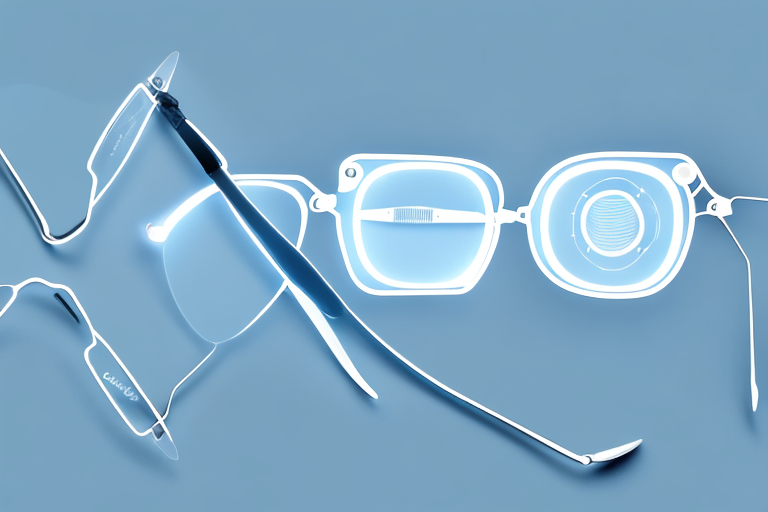
How Do Cataracts Affect Vision?
Cataracts affect vision in various ways, making daily activities more challenging. One of the most common symptoms is blurred vision. As the lens becomes clouded, light is scattered instead of focused, resulting in a lack of sharpness and clarity. This blurriness can make it difficult to read small print, watch television, or engage in activities that require clear vision.
Another significant impact of cataracts is the difficulty in distinguishing colors. Colors may appear faded or washed out, making it challenging to appreciate the vibrant hues of the world. This can affect an individual’s enjoyment of art, nature, and other visually stimulating experiences.
Furthermore, cataracts can cause problems with depth perception. The clouded lens alters the way light enters the eye, affecting the ability to judge distances accurately. This can make activities such as climbing stairs or reaching for objects more challenging and increase the risk of accidents and falls.
It’s important to note that cataracts can also affect night vision. As the lens becomes cloudier, the amount of light that reaches the retina decreases, making it harder to see in low-light conditions. This can be particularly problematic when driving at night, as the reduced visibility can compromise safety on the road.
In conclusion, cataracts can have a significant impact on an individual’s vision and daily life. The clouding of the lens leads to blurred vision, sensitivity to glare, difficulty distinguishing colors, and problems with depth perception. It is crucial to seek timely treatment for cataracts to restore clear vision and improve overall quality of life. Visit https://ultrasonicpartswashers.com/should-you-travel-with-your-cpap-machine/ to read about Should you Travel With your CPAP Machine?
Common Myths About Cataracts Surgery
Despite the advancements in cataract surgery, several myths continue to circulate. Let’s debunk some of the most common misconceptions:
Myth 1: Cataract Surgery is Painful
One of the most prevalent misconceptions about cataract surgery is that it is a painful procedure. In reality, modern cataract surgery is performed using local anesthesia, ensuring that patients do not experience any pain during the surgery. The vast majority of patients report feeling only minimal discomfort or pressure.
During cataract surgery, the eye surgeon makes a small incision in the cornea and uses ultrasound technology to break up the cloudy lens. The fragmented lens is then gently removed and replaced with an artificial intraocular lens (IOL). The entire procedure usually takes less than 30 minutes, and patients can go home the same day.
After the surgery, patients may experience some mild itching, watering, or sensitivity to light, but these symptoms typically subside within a few days. The use of eye drops and following the post-operative care instructions provided by the surgeon can help minimize any discomfort.
Myth 2: Cataracts Can Grow Back After Surgery
Contrary to popular belief, cataracts cannot grow back once they are removed during cataract surgery. The cloudy lens that causes vision problems is completely removed and replaced with an artificial intraocular lens that remains clear and functional for the rest of the patient’s life.
While some individuals may experience a condition called posterior capsular opacification (PCO), which can mimic cataract symptoms, it is not the regrowth of the cataract. PCO occurs when the back portion of the lens capsule becomes cloudy, causing blurred vision or glare. However, this condition is easily treated with a simple laser procedure called YAG capsulotomy. During this procedure, a laser is used to create a small opening in the cloudy capsule, allowing clear vision to be restored.
It is important for patients to attend regular follow-up appointments with their eye surgeon to monitor their vision and address any potential complications. With proper care and adherence to post-operative instructions, cataract surgery can provide long-lasting vision improvement and enhance the overall quality of life for individuals affected by cataracts.
Unpacking the Misconceptions About Cataracts Surgery
Now, let’s address a couple of other misconceptions that discourage some individuals from considering cataract surgery:
Misconception 1: Cataract Surgery is Only for the Elderly
While cataracts primarily affect older individuals, they can develop at any age. Cataracts surgery can be performed on individuals of all ages who are experiencing visual impairment due to cataracts. It is crucial to consult with an ophthalmologist to assess the progression of your cataracts and determine whether surgery is necessary.
It is important to note that cataracts can develop as a result of various factors, including genetics, prolonged exposure to UV rays, certain medications, and medical conditions such as diabetes. Therefore, age is not the sole determining factor for cataract surgery eligibility. If you are experiencing symptoms such as blurry vision, difficulty seeing at night, or increased sensitivity to light, it is essential to consult with an eye specialist to determine the cause and explore treatment options.
Furthermore, cataract surgery can significantly improve the quality of life for individuals of all ages. Whether you are a young adult struggling with cataracts or an older individual seeking to regain visual clarity, cataract surgery can be a life-changing procedure.
Misconception 2: Recovery from Cataract Surgery is Long and Difficult
Another common misconception is that the recovery period after cataract surgery is arduous and lengthy. However, cataract surgery is typically an outpatient procedure, and many patients can return home shortly after surgery. Most individuals experience improved vision within a few days, while complete recovery may take a few weeks. Following the surgeon’s post-operative instructions and attending follow-up appointments will ensure a smooth recovery.
During the recovery period, it is normal to experience mild discomfort, redness, and sensitivity to light. However, these symptoms are temporary and can be managed with prescribed eye drops and over-the-counter pain relievers. It is essential to avoid rubbing or putting pressure on the operated eye to prevent any complications.
Moreover, advancements in cataract surgery techniques, such as the use of smaller incisions and improved intraocular lens technology, have contributed to faster and more comfortable recovery periods. Many patients report being able to resume their daily activities, including driving and reading, within a few days of the surgery.
It is worth noting that cataract surgery has a high success rate, with the majority of patients experiencing improved vision and a significant reduction in visual disturbances caused by cataracts. By dispelling the misconception that recovery from cataract surgery is difficult, individuals can make informed decisions about their eye health and seek the treatment they need.
The Truth About Cataracts Surgery
Now that we have addressed the myths and misconceptions, let’s delve into the truth about cataracts surgery:
The Actual Procedure of Cataract Surgery
Cataract surgery is a relatively straightforward procedure that typically lasts less than an hour. However, the process leading up to the surgery involves a thorough examination by an ophthalmologist to determine the severity of the cataracts and the overall health of the eye. This examination includes various tests such as visual acuity, intraocular pressure measurement, and a detailed assessment of the lens opacity.
Once the decision for surgery is made, the surgeon creates a tiny incision in the cornea. This incision is meticulously planned to ensure minimal disruption to the eye’s natural structure. The surgeon then uses ultrasound technology, known as phacoemulsification, to break up the cloudy lens into small fragments. This technique allows for precise removal of the cataract while minimizing trauma to the surrounding tissues.
After the cataract is fragmented, the surgeon carefully removes the lens using specialized instruments. This step requires utmost precision and expertise to avoid any damage to the delicate structures within the eye. Once the cataract is completely removed, the surgeon replaces it with an intraocular lens (IOL). The IOL is selected based on the patient’s specific needs and desired visual outcome. It is a permanent replacement for the natural lens and is designed to improve vision.
One of the remarkable aspects of cataract surgery is that the incision made in the cornea is self-sealing, meaning it does not require stitches. This innovative technique not only reduces the risk of infection but also promotes faster healing and recovery.
The Real Benefits of Cataract Surgery
The benefits of cataract surgery are significant and life-changing. Improved vision allows individuals to go about their daily activities with ease, enhancing their overall quality of life. Imagine being able to read your favorite books, enjoy the vibrant colors of nature, and engage in activities that were once hindered by blurry vision.
Furthermore, the correction of cataracts can also reduce the risk of falls and accidents related to visual impairment. Cataracts often cause a decrease in visual acuity, depth perception, and contrast sensitivity, making it challenging to navigate the world safely. By removing the cataracts and restoring clear vision, individuals regain their independence and confidence, reducing the likelihood of accidents.
It is important to note that cataract surgery has a high success rate, with the majority of patients experiencing significant improvement in their vision. Complications are rare, thanks to advancements in surgical techniques and technology. However, as with any surgical procedure, there are potential risks and side effects that will be thoroughly discussed with the patient before the surgery.
In conclusion, cataract surgery is a safe and effective procedure that can transform the lives of those affected by cataracts. The advancements in surgical techniques and the use of intraocular lenses have made the procedure more precise and tailored to individual needs. If you are experiencing symptoms of cataracts and it is affecting your daily life, consult with an ophthalmologist to explore the possibility of cataract surgery and regain clear vision.
Preparing for Cataract Surgery
If you have decided to undergo cataract surgery, it is essential to prepare adequately:
What to Expect Before Surgery
Prior to the surgery, your ophthalmologist will conduct a comprehensive eye evaluation to determine the severity of your cataracts and discuss which IOL option is most suitable for your needs. You will also receive detailed instructions regarding fasting, medication use, and any necessary pre-operative tests.
Tips for a Smooth Recovery After Surgery
Following cataract surgery, it is vital to take proper care of your eyes and ensure a smooth recovery:
- Use prescribed eye drops as instructed to prevent infection and promote healing.
- Avoid strenuous activities and heavy lifting for the first few weeks after surgery.
- Wear sunglasses or protective eyewear to shield your eyes from bright sunlight.
- Attend all follow-up appointments with your ophthalmologist to monitor your progress.
In conclusion, cataract surgery is a safe and effective procedure that can restore clear vision and improve quality of life for individuals with cataracts. By addressing the myths and misconceptions, we hope to alleviate concerns and encourage individuals to consider cataract surgery as a viable option for enhancing their visual health.


